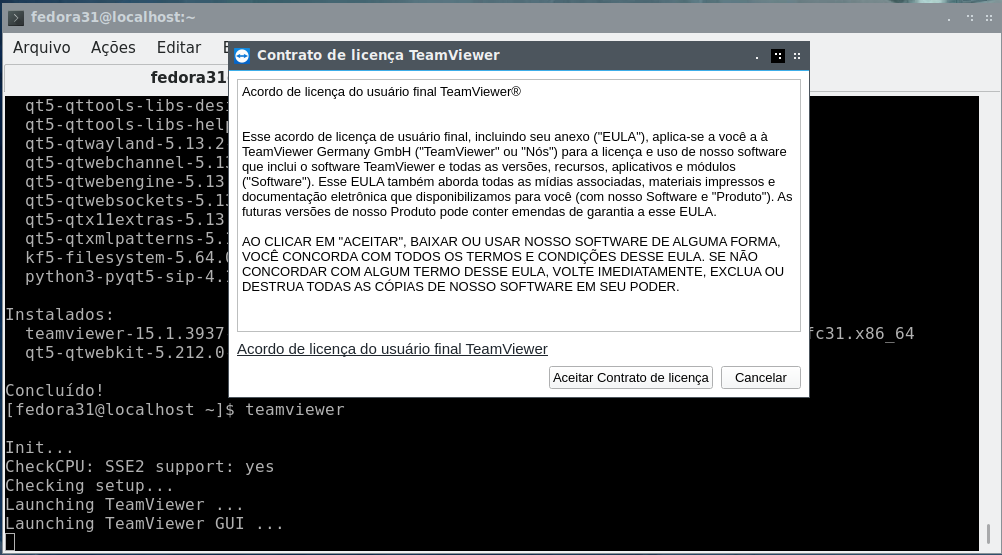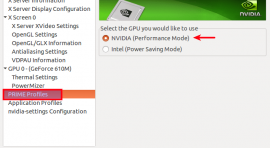


Then, reload the system environment using this command. Using the NVM, you can install any version of Node.js.įirst, install the NVM tool on your system by running the following command: curl | bash NVM is the Node Version Manager used to manage multiple Node.js versions on a single system. Method 3 – Install Node.js on Fedora via NVM Once the installation is finished, check for the installed Node.js version: node -version This will also install NPM on the Fedora system including other required dependencies. During the time of writing this tutorial, NodeJs 17 is the latest release and Node.js 16 is the stable version available.Ĭhoose one of the below options to configure the Node.js DNF repository on Fedora for the latest version or stable version.įor Latest Release:- sudo dnf install -y gcc-c++ make curl -sL | sudo -E bash -įor Stable Release:- sudo dnf install -y gcc-c++ make curl -sL | sudo -E bash -Īfter adding the required repository to your Fedora system, Simply run the below command to install the Node.js on Fedora based on configured repository. You can choose between the latest or stable version of Node.js to install on your system. Node.js’ official team provides a repository for installing the latest packages for your Fedora system. node -v Method 2 – Install Node.js from Official Repository Once the installation is completed, you can check the installed Node.js version on your Fedora machine by running the following command. Open a terminal on your system and type below to install Node.js on the Fedora Linux system: sudo dnf install nodejs It may not be the latest version but it will be a stable release and can be used for working with it. The Fedora default package repositories contain a stable version of Node.js. Method 1 – Install Node.js from Default Package Repository Login to your Fedora system and open a terminal. We assume you already have shell access to your Fedora system with sudo privileged account.

Updates/primary_db FAILED : curl#22 - "The requested URL returned error: 404 Not Found" No hay nada concordante con el argumento: teamviewer._redhat.rpm I tried that possible solution but seems that there was an error, here is what ~]# yum reinstall teamviewer._redhat.rpmĬomplementos cargados:langpacks, presto, refresh-packagekit You mean from the terminal? I was logged as a root

Plus did you try to run teamviewer as root?


 0 kommentar(er)
0 kommentar(er)
